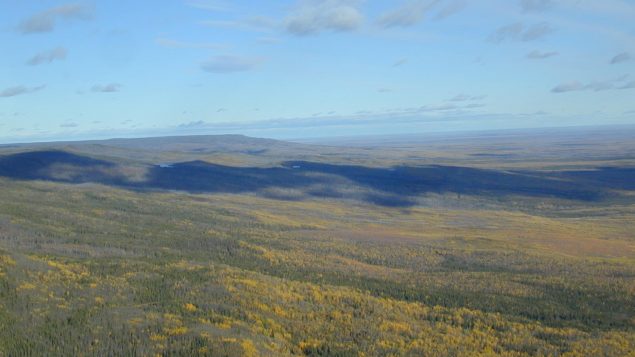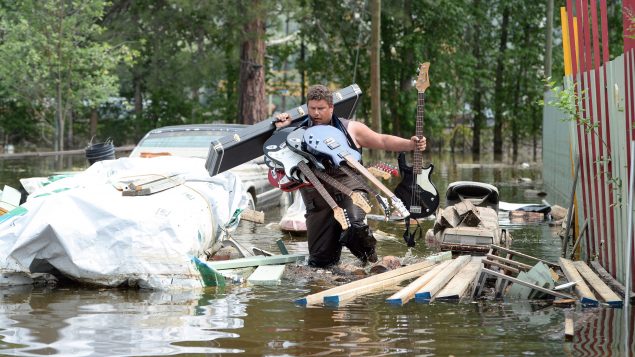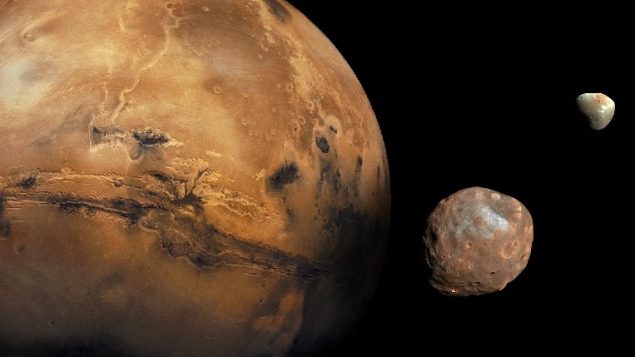Your hosts: Lynn, Levon, Marie-Claude, Marc (Video of show at bottom)
ListenHuge land tract to be under joint federal/Indigenous protection

The Edéhzhíe Indigenous Protected Area/National Wildlife Area will conserve 14,249 square kilometres of boreal forest and will be jointly managed by Dehcho First Nations and the federal government. (Bill Carpenter/Dehcho First Nations)
A new deal between the federal government and an Indigenous group in north-western Canada will see over 14,000 square kilometres of land protected from development.
More than half of the Edéhzhíe area, a plateau that rises out of the Mackenzie Valley to the west of Great Slave Lake will come under joint management of the Dehcho First Nations and the federal government. The area will be known as the Edéhzhíe Indigenous Protected Area/National Wildlife Area.
Levon spoke with Dahti Tsetso, resource manager and director of the Dehcho K’éhodi Stewardship and Guardians program that will manage the new protected area.
UN says disaster costs are increasing world-wide

Floods like this one in Grand Forks, British Columbia on May 17, 2018 are a major factor in the rising costs of disasters in Canada. (Jonathan Hayward/The Canadian Press)
The UN report said the cost of natural disasters between 1998 and 2017, was 151 per cent greater than the preceding 20-year period.
The report says more than three quarters of the billions of dollars of damage can be associated with climate-change
Lynn spoke to Glenn McGillivray, managing director of the Institute for Catastrophic Loss Reduction, an insurance industry funded operation affiliated with Western University in London Ontario..
Learning more about the Martian moons

A Canadian researcher and a Canadian meteorite have helped change the theory about the origin of the Martian moons (NASA-JPL-Caltech-Malin Space Science Systems-Texas A&M Univ)
Canada has one of the most, if not the most unique, meteorites in the world. In 2000, a large meteorite blew up over British Columbia. The fragments fell on frozen Tagish Lake. The unique thing is that they were frozen when they landed, and have been kept frozen, which has preserved many fascinating elements classed as building blocks of life.
However, that’s not involved in this test. The University of Alberta’s Tagish Lake meteorite is very dark and it was used in an experiment regarding the Martian moons, which are also very dark. Measuring the amount of light reflected from the meteorite, and that of the moons, it is now believed they are not captured asteroids, but rather bits of Mars itself shaved off in some giant collision billions of years ago.
Marc spoke with professor Chris Herd, who was involved in the research. He is the curator of the University of Alberta Meteorite Collection and a professor in the Department of Earth and Atmospheric Sciences at the University of Alberta.
Recent popular animal videos on RCI

A recent video of two bull moose fighting it out made for some amazing video,
Marie-Claude presents some short but fascinating videos of animals that we’ve featured recently on RCI.
Watch the video of our show
Images of the week







For reasons beyond our control, and for an undetermined period of time, our comment section is now closed. However, our social networks remain open to your contributions.